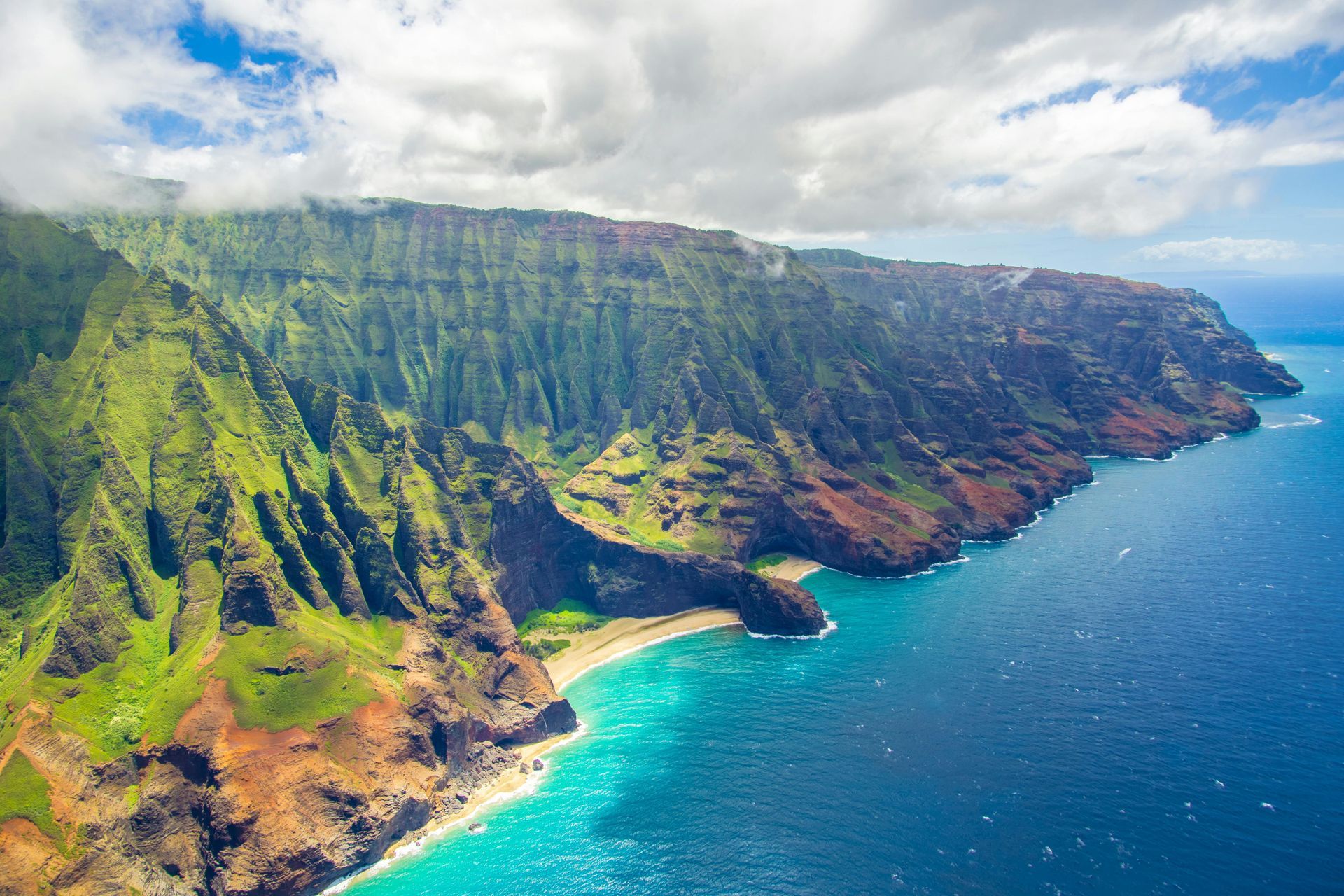Blog

Since turning 21, I’ve made it a tradition to visit Las Vegas at least once every year. I’m 51 now, which means I’ve kept up a 30-year streak. The last time I went was for my 50th birthday, and for the first time in three decades, it looks like this year I won’t be making the trip. That’s a streak I never thought I’d break. But the truth is, Vegas just isn’t what it used to be. The Changing Face of Vegas I’ve watched Las Vegas evolve over the years — some changes were good, but too many have chipped away at the experience. One of the biggest frustrations has been the ever-increasing costs. Hotel taxes seem to go up every time I check in, and resort fees have gotten completely out of hand. I used to get comped rooms fairly often, but let’s be real: even those “free” stays came with strings attached. By the time you checked in, there was always some kind of fee waiting on the bill. The Games Aren’t the Same Then came the changes on the casino floor. Almost every casino on the Strip switched to paying 6/5 on blackjack instead of the traditional 3/2. That might not sound like a huge difference, but for players, it’s a real blow. Add in continuous shuffle machines, and it’s even worse. For me, blackjack was as much about the rhythm as the game itself — I enjoyed that small break between shoes to stretch, chat, and reset. Continuous shufflers killed that part of the experience, making it feel more mechanical and less social. Why I’m Taking a Break Trust me, I’ll be back in Las Vegas at some point in the near future. It’s still a special place to me, with countless memories and a certain energy that can’t be found anywhere else. But for now, I’ve decided to take my business — and my money — elsewhere. When the excitement of the city gets overshadowed by nickel-and-diming and watered-down gaming, it’s hard to justify another trip. And judging by conversations with fellow travelers, I’m not the only one feeling this way. Maybe Vegas will find its way back to what made it great. Until then, I’ll be sitting this year out — ending a 30-year streak I never thought would end.

At Travel with Joffe, I’m all for making travel more sustainable. Our planet—and especially breathtaking destinations like Hawaii—deserve thoughtful, long-term protection. But as someone who helps people plan meaningful vacations every day, I can’t help but ask: is now really the best time to raise costs on visitors? Starting January 1, 2026, Hawaii will increase its Transient Accommodations Tax (TAT) from 10.25% to 11%. When combined with local taxes and fees, tourists could be paying nearly 19% on their lodging. This "green fee" is expected to generate up to $100 million a year, dedicated to funding environmental projects like restoring beaches, protecting against wildfires, and reinforcing homes against hurricanes. These are all incredibly worthwhile goals. No argument there. But here’s the concern: Hawaii is already experiencing a noticeable dip in tourism. Maui alone saw a 20% drop in visitors last July compared to the previous year. Across the islands, local businesses that rely on tourism are feeling the pinch. For travelers, Hawaii is already a high-cost destination—and this added fee might be just enough to push some families, couples, and adventurers to consider alternatives. I think we can—and should—talk about how to fund environmental protection in Hawaii. But we also need to talk about timing. Can the state find ways to support its sustainability goals without discouraging the very travelers who support the economy? Could a phased approach or exemptions for longer stays help balance both needs? I don’t have all the answers, but I do believe in asking the right questions. As someone who’s deeply connected to both travel and community, I want Hawaii to thrive—for its ecosystems and its people. So yes, let’s keep Hawaii beautiful. Let’s protect the ‘āina for generations to come. But let’s also make sure the path to sustainability doesn’t unintentionally cut off the lifeblood of local communities and businesses.
